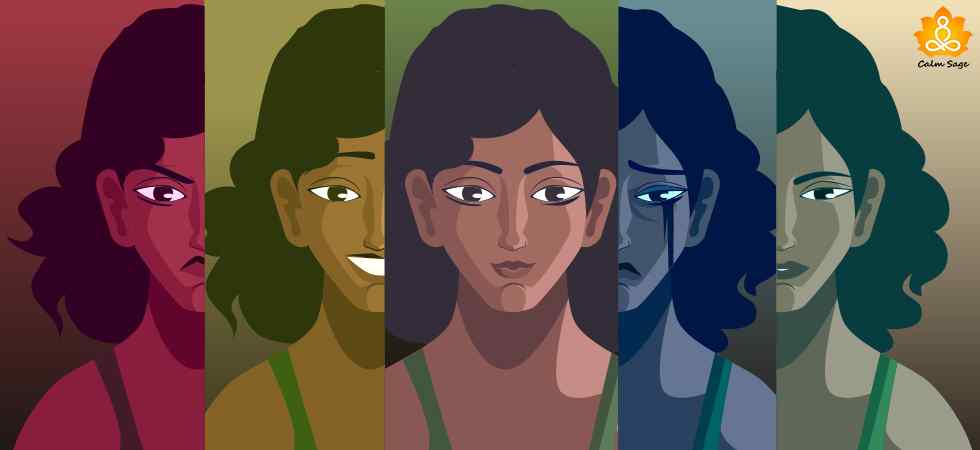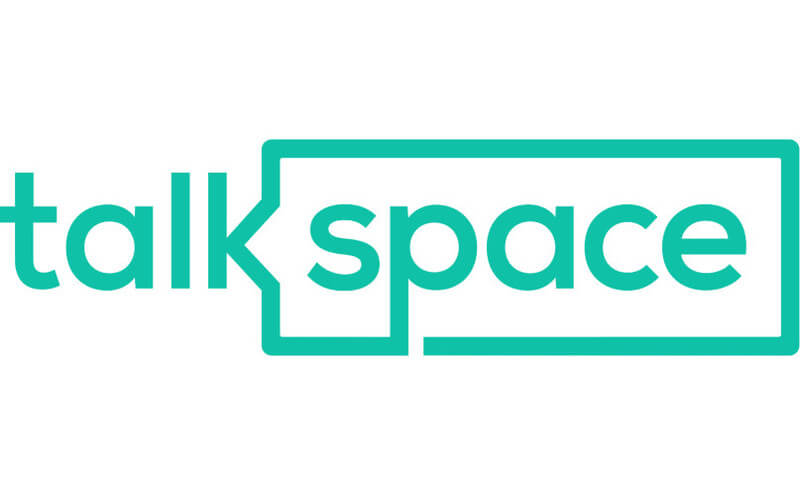Exploring And Understanding Four Types Of Borderline Personality Disorder (BPD)

A borderline personality disorder is a type of personality disorder that is signified by unpredictable or extremely impulsive behaviors, mood swings, and unstable mood swings. If you or your loved one are diagnosed with borderline personality disorder (BPD), you might be looking for self-help ways to manage it.
The first step towards self-help or learning how to manage BPD is to gain knowledge about it. People with BPD generally face issues with emotional regulation, impulsive behavior, trouble forming relationships, and more. The fact is that four different types of BPD significantly overlap with the symptoms such as anger, impulsivity, and aggression.
In this blog, let us understand the types of BPD and how to identify them. So, let’s get started!
Four Types Of Borderline Personality Disorder (BPD)
Four types of borderline personality disorder include discouraged, impulsive, petulant, and self-destructive. All of these vary according to symptoms, personality styles, and traits that can have different impacts on life.
1.Discouraged BPD
Discouraged BPD is also referred to as quiet borderline personality disorder or high-functioning BPD. This type of BPD is accompanied by the fear of being abandoned. In order to prevent the consequences, an individual might take actions to prevent imagined or real abandonment.
This fear makes the individual keep their emotions aside. Such people also self-blame themselves for the things that happened. Additionally, discouraged BPD can sometimes make a person feel powerless and depressed.
When people struggle with discouraged BPD, they often try to support others and unintentionally they form unhealthy dependence which results in anger and conflicts with self-image.
Personality traits of discouraged BPD are:
- Alienation
- Approval-seeking behavior
- Co-dependent
- Detachment
- High-functioning
- Hopeless
- Humble
- Loneliness or emptiness
- Loyal
- Perfectionist
- Submissive
- Successful
Signs of discouraged BPD are:
- Abandonment issues
- Anger
- Clinginess or neediness
- Codependency
- Emotional mood swings
2.Impulsive BPD
Impulsiveness is known to be a major symptom of BPD. When impulsivity is extreme or dangerous in certain ways, it can be referred to as impulsive BPD. People struggling with the impulsive type of BPD act without thinking about the consequences.
Personality traits of impulsive BPD are:
- Chaotic
- Charismatic
- Detachment or elusion
- Energetic
- Flirty behavior
- Motivating or engaging personality
- Superficial
- Unreliable
Signs of Impulsive BPD are:
- Aggression
- Annoyed
- Alcohol abuse
- Binge eating
- Breaking things
- Emotional outbursts
- Fearful
- Irritation
- Overspending money or things
- Self-destructive or risky behaviors
- Suicidal thoughts
3.Petulant BPD
Petulant BPD is one the emotionally swinging type of BPD. An individual struggling with this type of BPD might be angry at one moment and become sad the next. Such individuals swing unpredictably.
Additionally, they also struggle with the feelings of being unloved and unworthy. This results in relationship issues and control issues. Petulant BPD can be a manipulative type of BPD wherein people always struggle with feelings of dissatisfaction.
Personality traits of Petulant BPD are:
- Cynicism
- Defiant personality
- Impatient
- Passive-aggressive behavior
- Pessimism
- Rebellious
- Stubbornness
Signs of Petulant BPD are:
- Anger
- Detachment
- Extreme mood swings
- Impatience
- Irritability
- Passive-aggressive behavior
- Stubborn behavior
- Resentment
4.Self-Destructive BPD
Self-destructive BPD can be identified through self-hatred and bitterness. Self-destructive BPD also shows some masochistic personality since they direct anger feeling inward. Such individuals often get involved in substance abuse, self-harm behaviors, suicidal thoughts, or risky adrenaline-seeking behaviors.
Additionally, people can show conforming, deferential, or sacrificial traits in the relationship. This can often result in bitterness, underappreciation, or resentment. Sometimes, people misrelate or misdiagnose self-destructive BPD with bipolar disorder, therefore, always connect with a certified and experienced mental health professional.
Personality traits of Self-destructive BPD are:
- Bitterness
- Moody
- Overly compliant
- Self-hatred or self-loathing
- Submissive
- Risky adrenaline-seeking personality
Signs of Self-destructive BPD are:
- Changes in sleeping pattern Euphoric feelings
- Self-harm
- Shows anger inward
- Suicidal ideation
- Substance abuse
- Upsurge energy
How To Identify the Type of BPD?
Research shows that there is no “BPD test” or “BPD quiz” to recognize which type of BPD you are struggling with. The only way to identify is to connect with a mental health professional.
The diagnosis process involves the assessment of your medical history, symptoms, history of mental health conditions, detailed questionnaires, and medical examination for ruling out the presence of other mental or physical health conditions causing the symptoms.
The mental health provider generally monitors the symptoms and behaviors over time and later suggests treatment options to recover and prevent the relapses. If you want to know how to connect with an experienced mental health professional, refer to the next section.
Diagnosis & Treatment
Since there’s no such BPD test or BPD quiz, you will have to connect with a mental health professional to get the proper diagnosis. Additionally, it is important to connect with an experienced and registered professional because the symptoms of different types of BPD overlaps with the presence of other mental health conditions as well.
To connect with a mental health professional through online platforms, click below:

Great for a large network of licensed therapists
-
$60 to $90/week, billed every 4 weeks
-
Therapy via messaging, phone, or live video chat
-
Flexible cancellation at any time
20% off your first month

Great for CBT Based therapists
-
$40/week, billed every 4 weeks
-
Therapy via messaging, phone, or live video chat
-
Specialization for CBT based Therapy
20% off your first month

Best for Treatment Plants
-
$60 to $90/week, billed every 4 weeks
-
Therapy via messaging, phone, or live video chat
-
Flexible cancellation at any time
$100 off your first month with code SPACE
Talking about the treatment of BPD, it generally involves a combination of therapy, medications, and self-help techniques. Below are some of the common therapy options prescribed for treating BPD:
Key Takeaway: Getting Help
The four types of BPF highlight different personality traits and symptoms. The fact is that an individual can struggle with more than one type of BPD. However, people cannot have all four types of BPD at once, but the types can change or evolve with time.
Please Note: We have provided this material as information. It is not intended as a substitute for medical expertise or advice. We strongly encourage you to discuss any decisions about treatment with a certified mental health provider.
I hope this blog helps you with the four types of BPD and how to identify them. For more such content, connect with us through all social media platforms.
Thanks for reading!




















